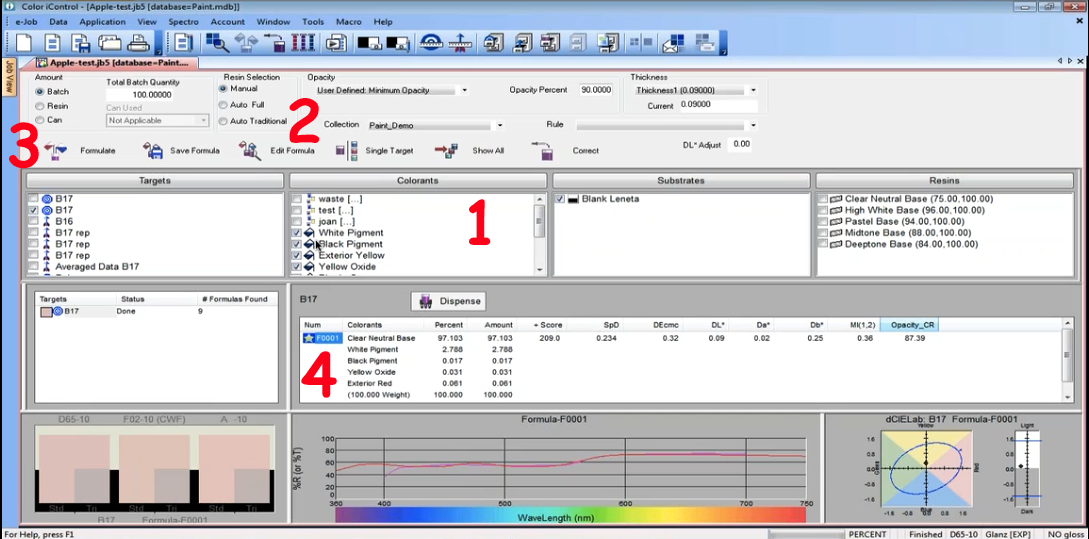
Maize (Zea mays L.) is a major staple food grain throughout the world, particularly in Africa, Latin America and Asia, and a major feedstuff in developed countries. The maize grain has many food (grain, flour, syrup, oil…) and non-food usages (cosmetics, adhesives, paints, varnishes). Maize starch and oil are also major products (Ecocrop, 2010). The maize grain is a major feed grain and a standard component of livestock diets where it is used as a source of energy. Other grains are typically compared to maize when their nutritional value is estimated. Many by-products of maize processing for flour (hominy feed, bran, germs, oil meal), starch (corn gluten feed, corn gluten meal) and alcohol/biofuel industries (distillers' dried grains and solubles) can be fed to animals.
https://renewtrips.mystrikingly.com/blog/aci-manual-of-concrete. The ACI Manual of Concrete Practice is a seven-part compilation of current ACI standards and committee reports. Some of the most important work of the Institute is performed by its technical committees that prepare the committee reports and standards contained in the Manual.
Maize breeders have created many cultivars that correspond to specific climatic or agronomic conditions and uses. 'Dent corn' maize is the most widely grown type of maize and the one typically used for feed. Other types (flint corn, popcorn, sweet corn, flour corn) are more intended for food uses. Some varieties have been created to improve the industrial or nutritional value: high lysine, high tryptophan, high oil, high amylose, low phytate, etc. Brown midrib maize has a lower lignin content resulting in an increased digestibility in livestock. Genetically-modified (GM) maize varieties have been designed to improve grain performances (herbicide resistance, pest resistance, higher yields).

Maize (Zea mays L.) is a major staple food grain throughout the world, particularly in Africa, Latin America and Asia, and a major feedstuff in developed countries. The maize grain has many food (grain, flour, syrup, oil…) and non-food usages (cosmetics, adhesives, paints, varnishes). Maize starch and oil are also major products (Ecocrop, 2010). The maize grain is a major feed grain and a standard component of livestock diets where it is used as a source of energy. Other grains are typically compared to maize when their nutritional value is estimated. Many by-products of maize processing for flour (hominy feed, bran, germs, oil meal), starch (corn gluten feed, corn gluten meal) and alcohol/biofuel industries (distillers' dried grains and solubles) can be fed to animals.
https://renewtrips.mystrikingly.com/blog/aci-manual-of-concrete. The ACI Manual of Concrete Practice is a seven-part compilation of current ACI standards and committee reports. Some of the most important work of the Institute is performed by its technical committees that prepare the committee reports and standards contained in the Manual.
Maize breeders have created many cultivars that correspond to specific climatic or agronomic conditions and uses. 'Dent corn' maize is the most widely grown type of maize and the one typically used for feed. Other types (flint corn, popcorn, sweet corn, flour corn) are more intended for food uses. Some varieties have been created to improve the industrial or nutritional value: high lysine, high tryptophan, high oil, high amylose, low phytate, etc. Brown midrib maize has a lower lignin content resulting in an increased digestibility in livestock. Genetically-modified (GM) maize varieties have been designed to improve grain performances (herbicide resistance, pest resistance, higher yields).
Livestock Ration Formulation Software
Maize (Zea mays L.) is a major staple food grain throughout the world, particularly in Africa, Latin America and Asia, and a major feedstuff in developed countries. The maize grain has many food (grain, flour, syrup, oil…) and non-food usages (cosmetics, adhesives, paints, varnishes). Maize starch and oil are also major products (Ecocrop, 2010). The maize grain is a major feed grain and a standard component of livestock diets where it is used as a source of energy. Other grains are typically compared to maize when their nutritional value is estimated. Many by-products of maize processing for flour (hominy feed, bran, germs, oil meal), starch (corn gluten feed, corn gluten meal) and alcohol/biofuel industries (distillers' dried grains and solubles) can be fed to animals.
Free Feed Formulation Software
Maize breeders have created many cultivars that correspond to specific climatic or agronomic conditions and uses. 'Dent corn' maize is the most widely grown type of maize and the one typically used for feed. Other types (flint corn, popcorn, sweet corn, flour corn) are more intended for food uses. Some varieties have been created to improve the industrial or nutritional value: high lysine, high tryptophan, high oil, high amylose, low phytate, etc. Brown midrib maize has a lower lignin content resulting in an increased digestibility in livestock. Genetically-modified (GM) maize varieties have been designed to improve grain performances (herbicide resistance, pest resistance, higher yields).
Chicken Ration Formulation Software
Dairy-Tech Group is an associate of NDSNA, the affiliate of the RU.M.&N group that developed and supports NDS dairy ration software. Nutritional Dynamic System, i.e. 'NDS' is the most advanced dairy nutrition software available and is based on the Cornell Net Carbohydrate & Protein System (CNCPS). Como hackear un facebook gratis.

